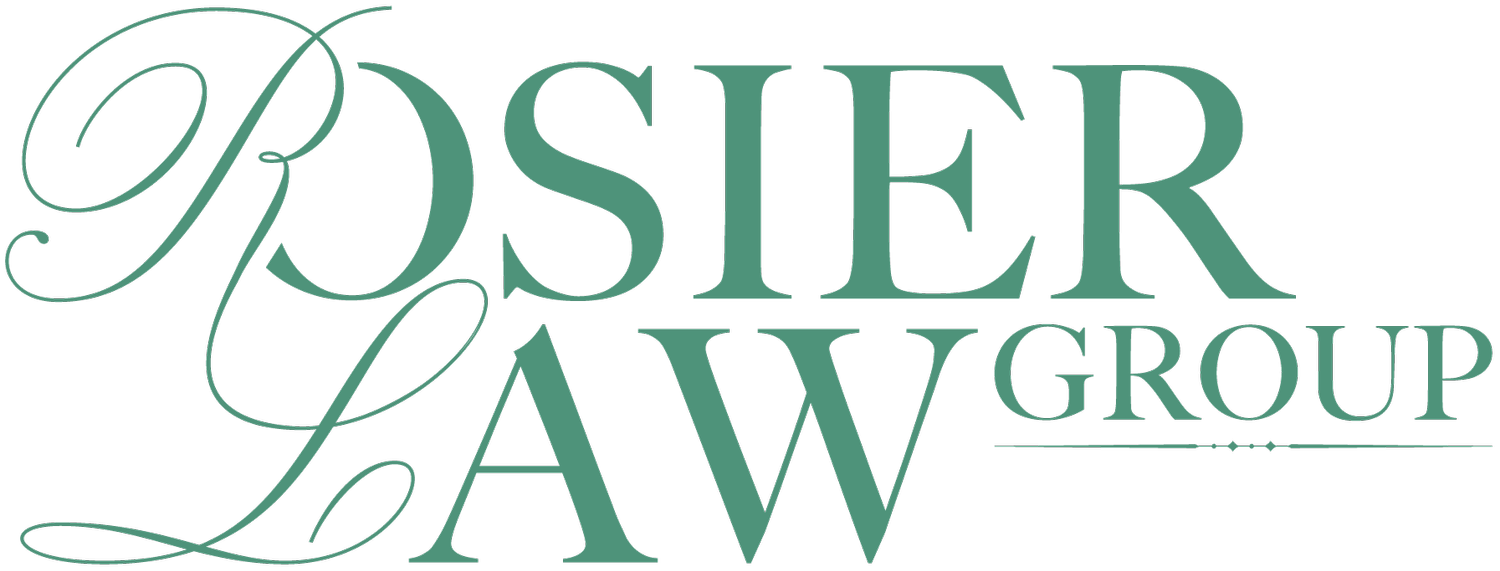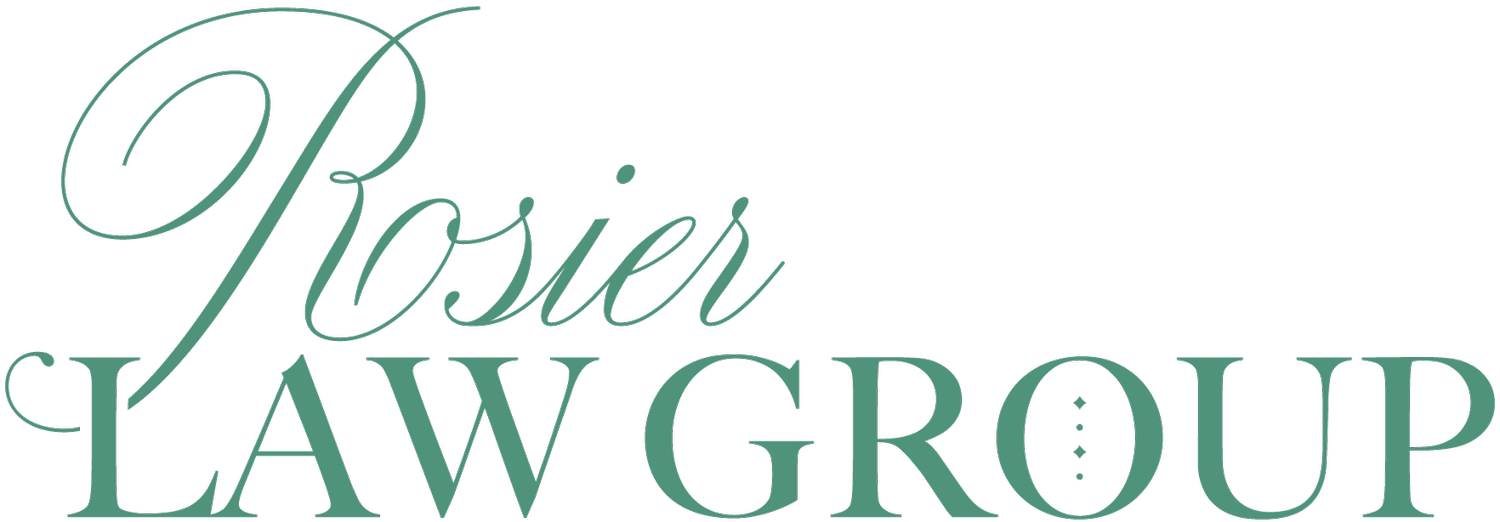How Do I Choose A Strong Trademark?
Have you ever wondered what types of trademarks get afforded the most protection? If so, keep reading!
There are four categories which determine how strong the protection of a mark is (in order from weakest to strongest):
Generic
Descriptive
Suggestive
Arbitrary or Fanciful.
Understanding how each of these types of trademarks is or isn’t protected could help you establish long-running intellectual property protection for yourself and your business.
Generic Trademarks
The weakest level of protection is provided to generic marks. These often don’t get any protection at all and will be declined by the U.S. Patent and Trademark Office (USPTO). Generic terms won’t earn trademark protection as this would cause too much confusion over common terms and allows companies to monopolize language.
The manner in which terms are used can sometimes allow for wiggle room on how “generic” terms are defined – as was the case when Ohio State University recently was rewarded a trademark for the word “THE.” We’ve already used “the” in this blog and millions of people use “the” everyday and will continue to do so because that’s not an infringement on the generic term . OSU was able to achieve registration of the “THE” trademark because of the way the school often emphatically says “THE” Ohio State University.
Descriptive Trademarks
Descriptive marks are afforded more protection – with a catch. Descriptive trademarks are terms that describe the company or product it represents, but they must have at least one secondary meaning beyond simply just describing the product. The USPTO office will decline any applications that fall short of the secondary meaning.
For example, if an automotive company simply attempts to trademark “Speedy Car” they’re not going to receive protection. It simply describes the speed of the car. However, Ford “Mustang” has received trademark protection because the term not only describes the speed and strength of the car but has established a model of vehicles with a distinctive and memorable design.
Suggestive Trademarks
These trademarks are similar to descriptive trademarks, but they don’t require secondary meaning because they describe something about the product in an indirect way. This means the customer has to use their imagination to bridge the gap between the mark and the product.
An example here can be found in tanning products and “Coppertone”. It’s not immediately clear, but the trademark gives the impression that using Coppertone® suntan oil will make your skin shimmer like copper.
Arbitrary or Fanciful Trademarks
The strongest protection for trademarks comes when there is no related meaning or description for the mark. In this case, the term will either be completely made up (fanciful) or will be a common word or phrase that has no association with the actual product or company (arbitrary).
“Adidas” is an example of a made-up word that is considered fanciful while “Apple” is an example of an arbitrary mark as it has no direct connection to the technologies created by the tech giant.
Establishing a trademark portfolio and strategy could put your company above the rest. If you’re concerned your application will be denied or need help going through the application process, the Rosier Law Group can help. Contact our team and make sure your trademark strategy is going in the right direction.

